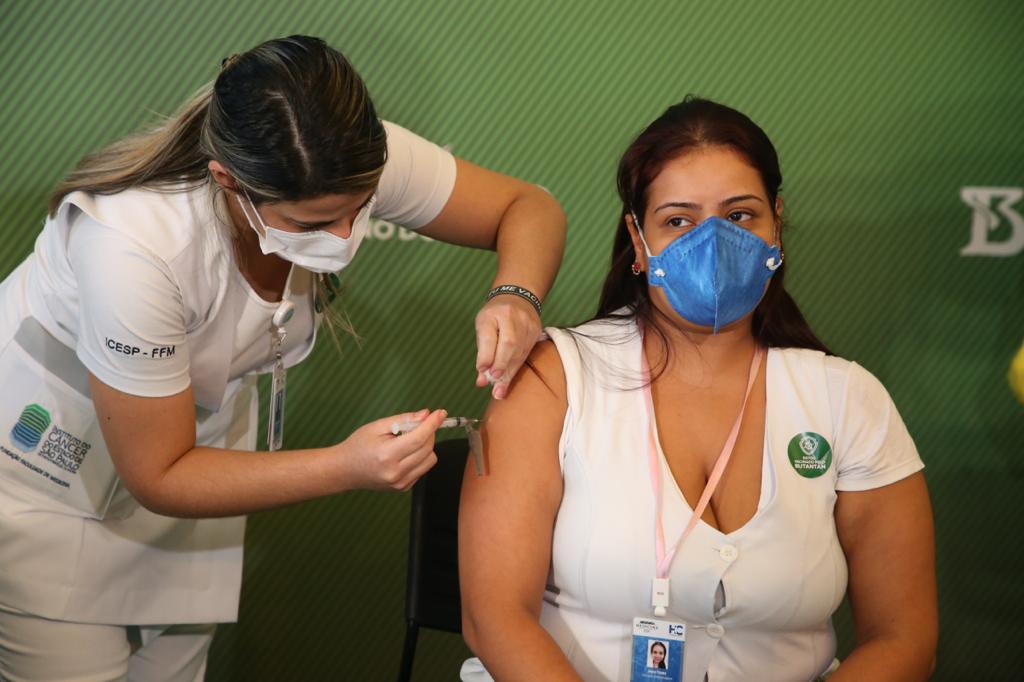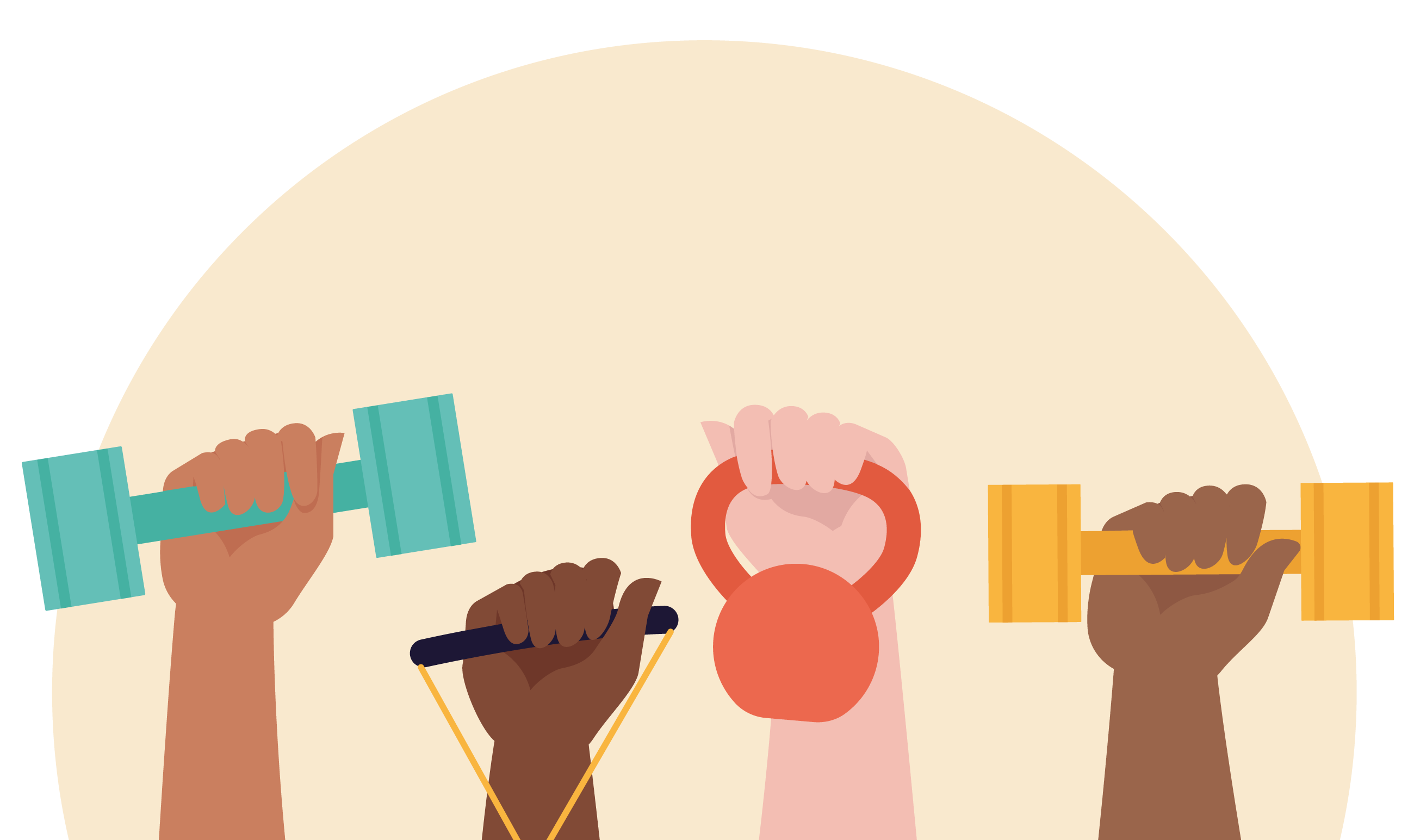The first survey on the situation of healthcare professionals during the COVID-19 pandemic in Brazil was launched in May 2020. What motivated the creation of this survey at that time?
For many years we have been dedicated to studying what we call frontline professionals – or street level bureaucrats – in Brazilian public services. We have studies on professionals in education, assistance, security, environment, etc. But the area that I studied the most since my graduation was health. As soon as the pandemic started, we realized that those who would be most directly affected were these professionals we studied, for two reasons. The first is because the nature of frontline work is face-to-face meeting. And a pandemic that requires physical distance would clearly affect these workers’ ability to provide services. The second reason is because some professionals would become the protagonists to face the pandemic and its consequences. And the case of health professionals is the most evident in this regard, although assistance and security are also central. With all this, we decided that we had to look at how the pandemic was affecting these professionals, considering that they are our object of study and have gained a unique centrality at this time.
This all started as early as March. And we decided that at that time we not only had an important role as academics to build science about that moment, but above all we wanted to be able to contribute, in whatever way we can, to improving their work and their situation. So, we decided to do everything very quickly, to give visibility to this phenomenon. In mid-April we already had the survey on the street, with the report released in May. It is important to mention that we decided to do all the work already thinking about its wide dissemination to governments and the press, so that we could contribute to the national debate.
In December 2020, the survey data were analysed from a gender and race perspective. What motivated this analysis?
Originally, our research team did not work centrally on gender and race issues, although they were themes that always appeared in research. However, since the middle of last year, we started to get more involved with these themes with the Fiocruz and LSE team, through the international Gender and COVID-19 Project. This began to inspire us to look at the dimensions of gender and race. But beyond that, as we went out into the field, gender and race issues prevailed in the analyses. It became very evident that while the pandemic affects everyone, it affects different races and genders differently. Women, in general, as well as black men and women, are much more affected by the pandemic in all dimensions that we analysed. They receive fewer resources, less training, less testing, less support, and so on. Considering the reality that imposed itself on us, we decided to embrace the issue and look at it head on from the second round of research. And in the third, we started to carry out the research in partnership with the Fiocruz team and the Gender and COVID-19 Project, which further qualified our ability to analyse these issues.
What was the public reception to these data?
It was very strong, but so was our evidence. The data leave no doubt about the inequalities reproduced or increased by the pandemic. For that very reason the data has had a lot of repercussion in the media and in groups specializing in gender and race issues.
What was the reception of health professionals in relation to the survey? How have they used this data?
Since the first round, we have been trying to carry out the research in broad dialogue with organizations that represent health professionals, such as CONACS (from the Community Health Workers and Endemic Control Workers) and Cofen (nursing professionals). Thus, our data ends up being widely debated among them. We learned, for example, that our reports served to support some legal measures by class representatives asking for support in the pandemic. We also know that reports are being used in municipal and state secretariats, helping to improve management. Finally, our data was recently used for a precautionary request with the Inter-American Commission on Human Rights asking for protection of health professionals.
What was the political reception to this data? How have Brazilian politicians used the data?
The report has been used in judicial and legislative processes, and even with the Ministry of Health we had a conversation based on the data. More recently, the data were cited by three different senators in the CPI (Parliamentary Commission of Inquiry) of the pandemic. In other words, the data have served to contribute to the national debate on policies to fight the pandemic. Furthermore, we had a wide circulation in the media. There have been more than 250 national and international reports using this data.






